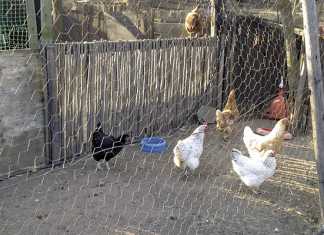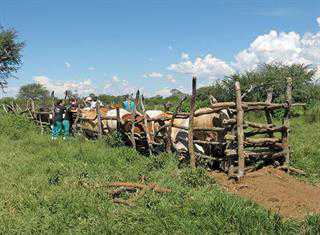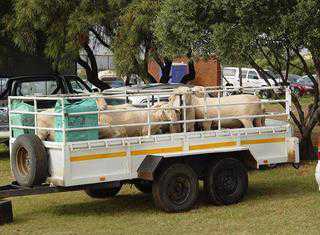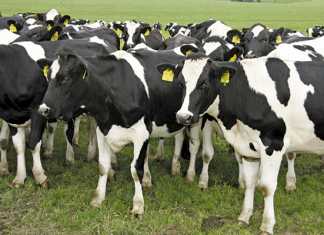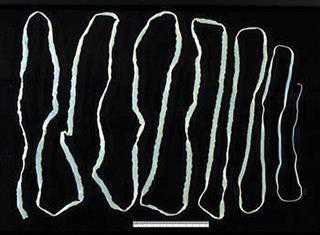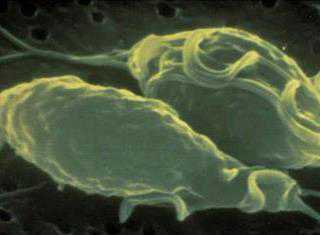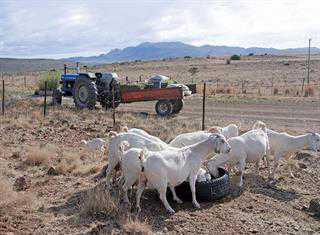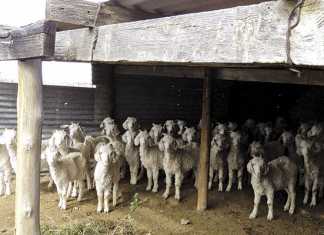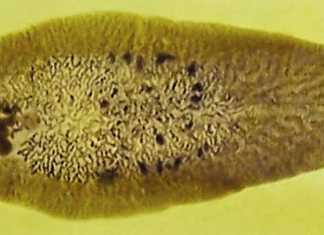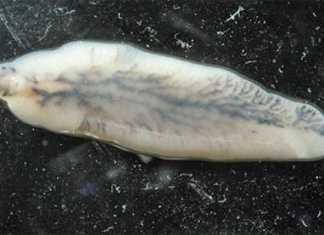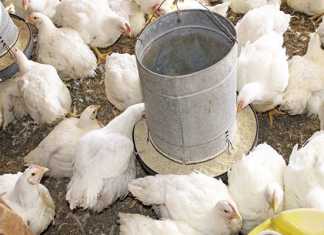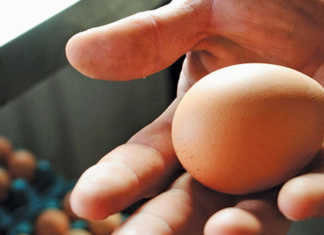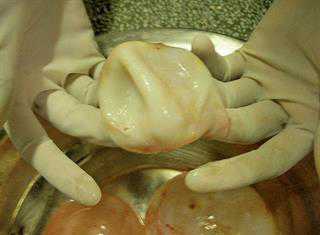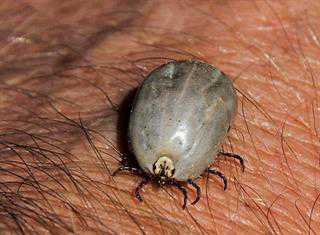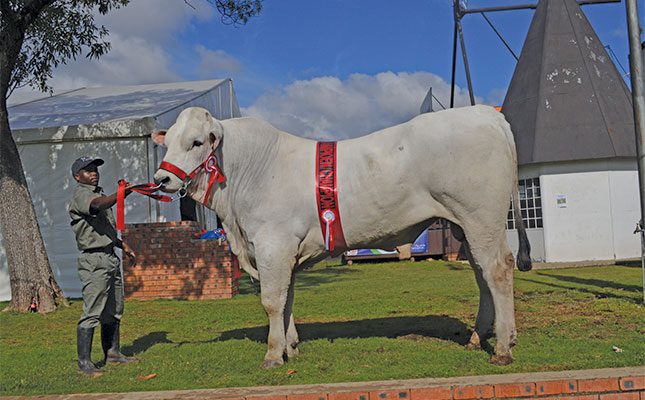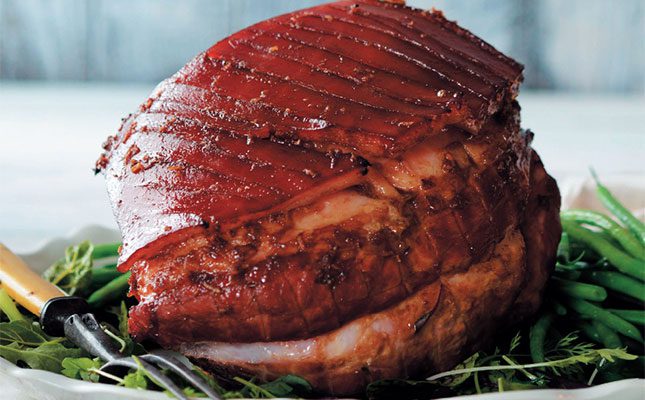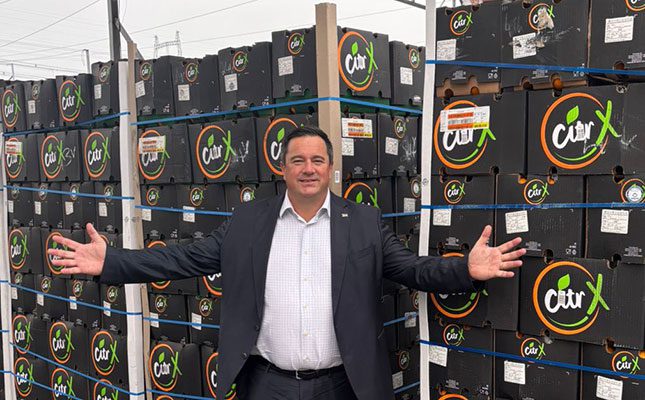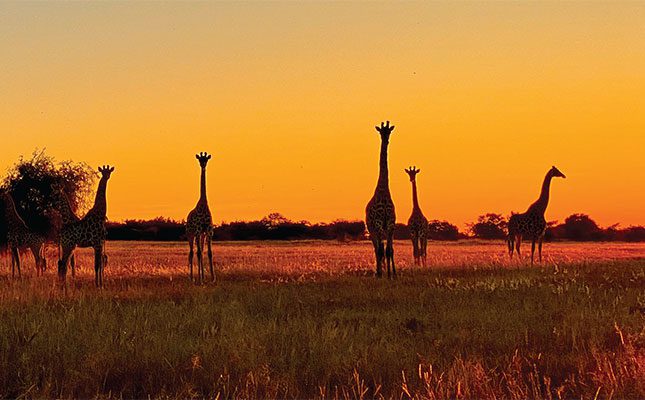10 ways to make sure your poultry stay healthy
Backyard chickens can be a highly successful source of eggs and meat – as long as you look after them, says Prof Cheryl McCrindle.
A career in veterinary nursing
Veterinary nurses assist veterinarians in caring for animals. Prof Cheryl McCrindle discusses how to enter this profession.
Boost your biosecurity
Precautions should be taken to protect a herd against diseases acquired through outside contact.
African and Asiatic redwater in cattle
Redwater is an important tick-borne disease in cattle. In South Africa it accounts for losses of millions of rands annually. Dr JH du Preez and Dr Faffa Malan discuss the...
Dealing with the ‘silent disease’ – measles
Cases of measles are frequently found in slaughter stock.
Managing trichomoniasis
Beef management consultant Barry Symons tells Lloyd Phillips how to go about dealing with this serious disease.
Intensive vs extensive farming
In the trend towards increasingly extensive livestock production, are we not moving too far from natural production systems and placing our hope in feed from a bag? Roelof Bezuidenhout poses...
Controlling liver fluke disease
Fasciolosis is a disease found worldwide. According to reports, its incidence is increasing in certain regions.
Keeping records for layers
A management calendar is crucial for success even if you are simply supplying eggs to your own family.
Farming eggs for family and profit
How to build, manage and maintain your own affordable household egg production unit.
Preventing zoonosis
Controlling the spread of diseases to humans is generally easy, as most of the measures are grounded in common sense, writes Paul Donovan.
Feeding pen problems
Rounding off lambs under intensive conditions requires sound management, especially of aspects such as disease prevention and housing.
Rounding off lambs in a feeding pen
When mutton prices are high or grazing is scarce, this practice can be extremely profitable.
Dealing with hydatid disease
This parasitic disease, caused by the tapeworm E. granulosus, affects cattle, sheep, goats and even humans.
Home-made tonic for sheep
Roelof Bezuidenhout recommends this remedy to boost your sheep’s condition.
Ticks: a major parasite
It is estimated that tick-borne diseases kill more than a million cattle a year in Africa. This amounts to a loss of more than R1,6 billion.
Lactation begins at dry-off!
During its dry period, a cow is heavily pregnant with a fast-growing foetus. This is a very important time in her production cycle, and nutrition must not be neglected.
ADVERTISEMENT
MUST READS
ADVERTISEMENT
ADVERTISEMENT

